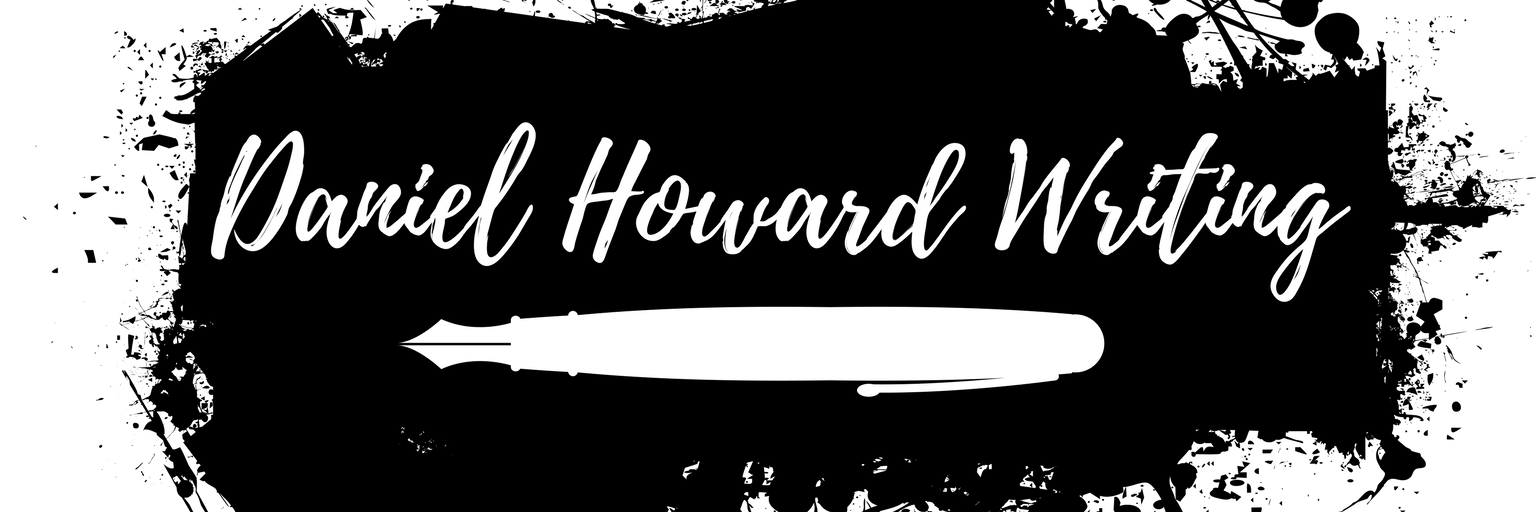While writing and publishing Into Stillness (which is currently in indie publishing purgatory), I’ve been thinking about meditation and how it relates to my writing. I’ve engaged in some form of meditation for the last twenty years on and off. That means I started in junior high school. At that point, meditation was sitting cross-legged on my bedroom floor — after clearing the dirty laundry — and thinking to myself, “This is freaking boring.”
For many years, that’s what meditation was for me. Sitting somewhere cross-legged, usually after having tidied up some kind of mess, and being bored for five or ten minutes. Sometimes I would put on some music, and sometimes I wouldn’t. But it was all pretty freaking boring.
But there was always a sense of calm afterwards, the sudden awareness that I could handle whatever life threw at me, so I’ve kept it up. But when there is the allure of computer games right there, I have usually gone for first-person-shooter therapy over sitting quietly in the dark. It gets the creative juices flowing, but doesn’t leave me with the same feeling of peace and beatitude.
Yet I’ve found that sometimes Zen-style meditation — becoming totally still in body and mind — interfered with my ability to write instead of inspiring creativity. It helped me calm down, sure, but I don’t necessarily write from a calm place. I had to separate the two activities — writing and meditating — until I made a revelation about meditation, and the various activities that actually qualify. That’s when it became truly valuable to me as a writer.
There is some form of meditation for practically everyone. For some people, it could be as simple as sitting quietly with one’s morning coffee. For others, it could be chanting sutras while burning incense. Yoga was originally a meditative practice, a way of accessing the mind through the body, and that continues in the better yoga studios worldwide. Meditation can be guided, in groups, alone, and any combination of those things and more.
Really it’s just about putting the mind in a corner for a while and giving it a time out. For me personally, I have two favorites. One is walking meditation, and the other is qigong meditation.
Walking meditation is exactly what it sounds like: meditation that involves walking. I suppose you could just pace your bedroom, your study, or your living room. Instead, you could get outside, unplug, and meditate. I’m a dog owner, so I have a certain obligatory number of walks each week. The pooch is my meditation partner. Most of my story ideas, my structure, comes out of these walks. It’s not about stillness so much as it’s about dynamism. Getting blood and ideas moving around a little bit. With conscious effort, a walk can become my most productive time. I don’t do this when I’m walking to any particular destination, but only when I’m walking for walking’s sake.
Qigong is pretty much the opposite of that. For anyone unfamiliar, qigong is an Eastern meditation and body practice, similar in many ways to tai-chi (taiji), reiki, or yoga. It incorporates certain body movements and postures to access one’s qi (pronounced chee), which is a sort of “vital energy.” I’m pretty New Agey, but even I’m not sure how much I believe in this qi business. The meditation feels pretty good, though, when I can manage it. There are distinct sensations in various parts of the body that are attributed to qi. Most practices involve a relaxation exercise (great for high-strung people like me), a few slow-motion body exercises meant to stretch the body and get one’s breathing regular, and then posting.
How do I describe posting? Hmm…
It’s standing still… like you’re hugging a big post.
This is supposed to be one of the best ways to accumulate qi. It’s also really freaking tough. My old qigong instructor would do this for 30 minutes a day. Standing, feet apart and legs bowed, arms in a big circle, fingertips almost touching, and standing. Did I mention the standing? That’s pretty much it. Like you’re hugging a big post. Or three golden balls. Yup. That’s an exercise that I could make up, but why would I?
There are other elements to it as well, including breathing and focused attention, but that’s qigong in brief: relax, move a little, then give something an imaginary hug for half an hour. And with or without a mystical accumulation of vital energy, it is refreshing and revitalizing. I get a nice little high after a good posting session, but creativity tends to be low. I prefer to do this after a long writing session, or as part of an early-evening pick-me-up.
Therefore, I walk to think about writing, I write when it’s time to write, and afterwards I meditate to cleanse the mental palate in preparation for other things. Despite my love of meditation, however, I don’t imagine I will ever reach the depths of peace my Pilot does in Into Stillness (which is still unpublished for the time being). A few quiet minutes a day are all I can really hope for. That and a nice walk in the park with my four-footed meditation partner.
This post is part of an on-going series that will soon be made into a book under the working title Pretentious Sh*t That Works: Writing Advice That You’ve Heard Before and Should Be Doing. If you’d like to contribute, leave a comment with your thoughts and opinions. Especially valuable comments may even make the book alongside your name and work.


 I'm a writer, editor, nerd, and foul-mouthed cheerleader of creative people everywhere. When not trying to force words to do my bidding, I'm a husband and father.
I'm a writer, editor, nerd, and foul-mouthed cheerleader of creative people everywhere. When not trying to force words to do my bidding, I'm a husband and father. 









